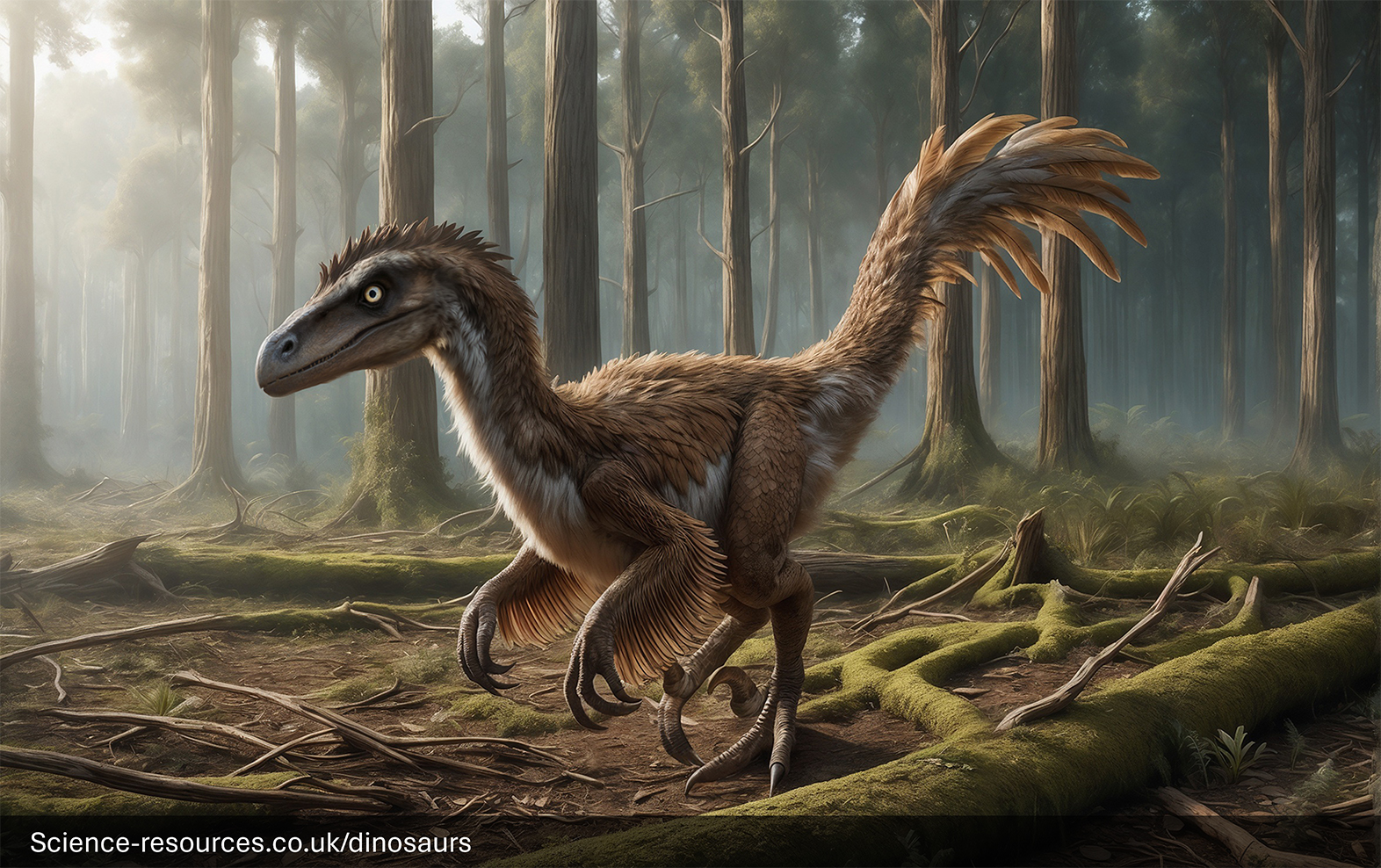The Catastrophe That Nearly Eradicated Life:
The Permian Extinction
Earth came into existence around 4.54 billion years ago, but life didn’t start until 2.5 billion years ago, marking the start of the Phanerozoic Eon. Paleontologists divided the Phanerozoic Eon into three different Eras: The Paleozoic Era (Ancient Life), the Mesozoic Era (The age of the Dinosaurs), and the Cenozoic Era (The age of Mammals, including humans). Across these three Eras, there have been five major mass extinctions. The most well-known is the end-cretaceous mass extinction during the Mesozoic era, also known as the dinosaur extinction. Yet, there was an even deadlier mass extinction that predated the end-cretaceous extinction called the Permian extinction also known as “The Great Dying.” This mass extinction led to around 90% of all species on Earth going extinct and it was the closest we’ve come to the end of life on Earth.
The Permian is the last of 6 periods in the Paleozoic Era and serves as the transition from the Paleozoic Era into the Mesozoic Era. The Permian started 299 million years ago and Earth’s tectonic plates were shifted in a way that gave us the supercontinent Pangea. This gave us 2 major oceans: the Panthalassic Ocean which took up 70% of the earth's surface and a smaller ocean known as the Paleo-Tethys Ocean. The climate was very dry and humid (Nereo Preto, et al par. 2). Land animals like terror birds and dimetrodon adapted to the dry climate of the Early Permian.
In the ocean, creatures such as Helicoprion (also known as the chainsaw shark), and Diplocaulus lived. The Permian was a developmental era that visually shaped our modern-day animals. Helicoprion was anywhere from 10.5 to 20.3 meters in length (Australian Museum). Based on modern scientific information and technology scientists were able to take Helicoprion fossils and craft the following image of what Helicoprion looked like. As shown in the photo on the right, there is a clear connection to our modern-day sharks and shows how evolution took place in the ocean during the Permian. Helicoprion and the other animals previously mentioned would become extinct after the Permian and we would come to learn about them through fossils.
 |
| This is a Helicoprion reconstruction by Charles Peterson and shows what a Helicoprion looked like during the Permian Period according to modern-day science. Courtesy of The Australian Museum. |
But what caused the deadliest mass extinction 252 million years ago? Scientists believe there was an unusually long series of heavy volcanic eruptions that took place during the end of the Permian (Stephenson 3). These eruptions lasted millions of years and caused Carbon Dioxide (CO2) levels to increase. As a result, Earth’s climate was unable to support life, anything that wasn’t killed off by the initial eruptions was ultimately killed by the collapse of ecosystems resulting in 70% of land species going extinct and 96% of Marine life going extinct. Marine life’s extinction rate was a lot higher than that of land animals because the increase in the ocean temperature caused marine animals’ metabolism to increase which uses up more oxygen. However, the temperature rise simultaneously removed oxygen from the ocean, causing many extinctions (Hickey par. 11). The image below shows some of the species that went extinct due to the lack of oxygen in the ocean, in addition to showing that the temperature contributed to the large number of extinctions it also illustrates how Pangea was unified at the time of the Permian extinction.
After the Permian extinction, we entered the Mesozoic Era, marked by the Triassic Period. It took almost the entire Triassic Period for the Earth to recover due to environmental fluctuations following the Permian extinction (Jinnan Tong, et al). The reason for these environmental fluctuations is not known to us right now. However, “When the environmental conditions were favorable, recovery in the Early Triassic could also take as little as 1 to 2 Ma” (Tong, et al. 2). In other words, the reason why it took almost the whole Triassic for Earth to recover was because of the unstable environmental conditions, recovery was capable of happening in 1-2 Million Years but for an unknown reason, there were inconsistent environmental conditions. After the Environment stabilized and life began to redevelop Earth went through another 2 mass extinctions, until millions of years later humans came along and now rule the Earth.The Permian extinction demonstrated how deadly mass extinctions can get and how life can cease to exist over time. During the Permian extinction, 90% of all species on Earth went extinct, including 96% of marine species and 70% of life on land. If the eruptions during the Permian extinction had been any harsher, life on Earth would have ceased to exist. It was the increase of CO2 that ultimately led to the greatest mass extinction on Earth, in other words, climate change caused the greatest mass extinction in Earth’s history. Today, climate change has started to become noticeable and is being further studied, it is seen as one of the biggest threats in our current Era, the Cenozoic Era. If climate change continues to get worse there could be another potential mass extinction with devastating consequences.
Works Cited
Australian Museum. Helicoprion. The Australian Museum, 2023, australian.museum/learn/animals/fishes/helicoprion/.
Hickey, Hannah. What caused Earth's biggest mass extinction? University of Washington, 2018, sustainability.stanford.edu/news/what-caused-earths-biggest-mass-extinction.
Preto, Nereo, et al. “The Permian (Kungurian, Cisuralian) Palaeoenvironment and Palaeoclimate of the Tregiovo Basin, Italy: Palaeobotanical, Palynological and Geochemical Investigations.” Palaeogeography, Palaeoclimatology, Palaeoecology, vol. 495, Apr. 2018, pp. 186–204. EBSCOhost, https://doi-org.ccny-proxy1.libr.ccny.cuny.edu/10.1016/j.palaeo.2018.01.012.
Stephenson, Frank. “‘The Great Dying.’” Research (Michigan Technological University), Jan. 2011, pp. 14–17. EBSCOhost, search.ebscohost.com/login.aspx?direct=true&db=a9h&AN=69694318&site=ehost-live.
Tong, Jinnan, et al. “Events during Early Triassic Recovery from the End-Permian Extinction.” Science Direct, Elsevier, 25 Sept. 2006, www.sciencedirect.com/science/article/abs/pii/S0921818106001391.



No comments:
Post a Comment